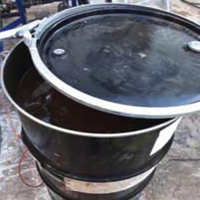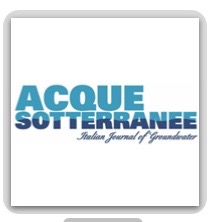Original Papers
30 March 2020
Vol. 9 No. 1 (2020)
Full-scale application of ELS® microemulsion Technology for the Treatment of an Aquifer Contaminated with perchloroethylene and trichloroethylene via Ehnanced Reductive Dechlorination

Publisher's note
All claims expressed in this article are solely those of the authors and do not necessarily represent those of their affiliated organizations, or those of the publisher, the editors and the reviewers. Any product that may be evaluated in this article or claim that may be made by its manufacturer is not guaranteed or endorsed by the publisher.
All claims expressed in this article are solely those of the authors and do not necessarily represent those of their affiliated organizations, or those of the publisher, the editors and the reviewers. Any product that may be evaluated in this article or claim that may be made by its manufacturer is not guaranteed or endorsed by the publisher.
862
Views
760
Downloads












